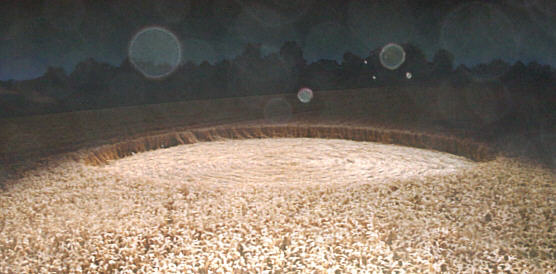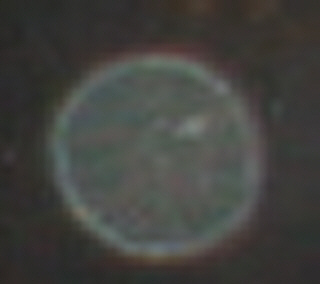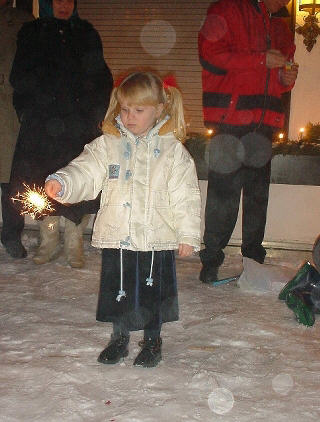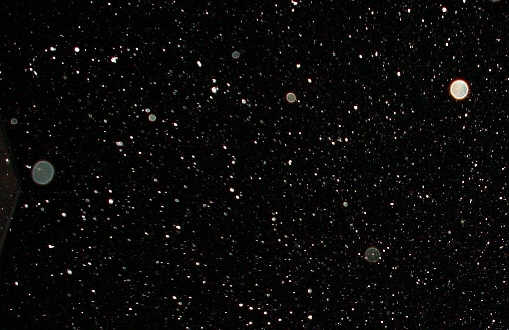Sense and Nonsense

Eltjo H. Haselhoff, Ph.D.
Sense and Nonsense

Eltjo H. Haselhoff, Ph.D.
Ever since crop circles have appeared, anomalous light effects, allegedly related to the crop circle phenomenon, have been reported by many eye witnesses. The vast number of accounts, plus an abundant amount of photographic and in particular video material seem to proof the existence of crop-circle related ‘Balls of Light’, known as BOLs, sometimes simply referred to as light orbs, or - for reasons unclear to the author - plasma balls.
Particularly during the last few years, with the increasing awareness of these anomalous light phenomena, many self-proclaimed crop circle researchers have published a wealth of photographs of these plasma balls in newspapers, books, magazines, and of course on the Internet.
A number of reported characteristics of these light orbs are:

Zooming in to one of these spheres, one recognises the intricate details
as well as the rim:

Needless to say, the ‘plasma balls’ also appear on the photographic
negative, and even on pictures taken with a digital camera, excluding faults
in chemical processing.
The examples shown here, however, and without any doubt the majority of ‘plasma balls’ photographed and published by others, are another nice example of What You Seek Is What You Get. When a flash photograph is taken in the pitch dark, the camera will produce the brightest flash the hardware permits, as can be usually seen by the over-illuminated foreground. Due to the limited range of the flash, however, large parts of the photograph will nevertheless remain dark. Consequently, any tiny little speck of dust or anything similar floating in the air within reach of the camera flash, will produce a relatively bright reflection. Dust particles far away from the camera will not be captured, however, those at shorter distances will appear as large smears of light (because they will be out of focus), the shape of which will depend on their exact distance from the camera and the optical system of the camera itself. They might take the shape of the camera’s diaphragm (circular, hexagonal, diamond-shaped, square), although they will typically appear as circular spots. The curious nomenclature ‘plasma ball’ should therefore be replaced by UFO instead, in this context meaning un-focused object, since these so-called anomalies can be easily explained.
By no means does the author intend to dismiss off all reported light phenomena related to crop circles. However, an investigation into their origin takes more than a simple photo camera and a flash. The least one should do is:


The reason I decided to write this article is not primarily to falsify premature conclusions made by others, although this is common in the scientific world, and is a prerequisite for scientific progress. But there is a more important reason. Ill-founded articles and premature or inaccurate conclusions made by those with apparently no profound knowledge of the equipment they use (in this case optical lens systems), cast a dark shadow on the crop circle phenomenon in general, which is already under fire by lots of (often undeserved) skepticism. I am convinced that there is a genuine and highly interesting mechanism behind a considerable part of the crop circle phenomenon, and serious researchers have collected enough evidence to convince anyone who has just some common sense. Getting this message out, however, is extremely difficult, and ill-founded, erroneous articles will seriously reduce the chance that crop circles will one day get the public attention they deserve. Of course this does not mean that crop circle research should be performed by a limited number of elite-groups only. It just means that anyone should always be aware of those things he or she does not know enough about, before jumping to conclusions.